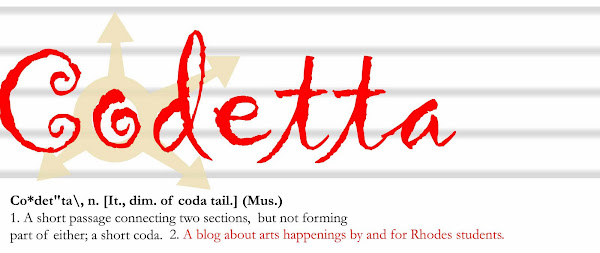
On Wednesday afternoon October 21st 2009, I attended one of the six free concerts and lunches at Calvary Episcopal Church, located downtown at the corner of 2nd St and Adams Ave. If you haven’t heard about Calvary and the Arts, I recommend looking into it! It’s a great opportunity to hear wonderful music for free and for a small fee enjoy some delish food as well! This past Wednesday I saw renowned opera star Kallen Esperian perform a diverse repertoire ranging from traditional American art songs to operatic standards. Sometimes between songs Kallen would explain why she chose to include a particular piece in the program that afternoon. While it was hard to hear a lot of what she was saying since I was sitting towards the back of the sanctuary, it was great to see how passionate she was about each song she sang. Her rendition of “Vissi d’arte” from Puccini’s opera Tosca nearly brought me to tears! I thought the combination of American music with standard opera rep was an interesting change from last year’s performance, in which almost all of the selections were operatic. I have to say, though, I really do prefer hearing her sing the arias rather than the American folk songs!
These concerts will be going on through December 9th every Wednesday at 11:45 am. They last about 45 minutes and are totally worth it! This upcoming Wednesday features Joyce Cobb, a “Jazz Diva with a Memphis Soul”. Don’t miss out!
-Brigid Hannon






